There are many ways to use caulk, the flexible all-purpose material used to seal joints and seams, inside of your home. Inexpensive, flexible, and versatile, you can also fix a myriad of exterior repair problems with the right caulk. Here’s nine more ways to use caulk to fix up your home.
Caulk Exposed Corners
With the various changes in temperature over the seasons, the walls of your house will expand and contract over time, creating gaps and cracks at the joints of your walls. This creates pockets where rainwater or chimney soot can accumulate, rotting away at your walls and threatening the structure of your home. But, with a silicone-based all-weather caulk, you can keep the joints between your walls sealed for the long haul.
Repair A Leaking Roof
Your roof is your home’s main line of defense from the elements, and imperfections in the roof will lead to leaks. For this, we recommend trying out roof sealant; a form of caulk designed to withstand the weather and fix small cracks and gaps along the edges of your roof. As you’d expect from a weather-resistant caulk, roof sealant can be applied on both wet and dry surfaces, and is designed to stay waterproof for the long haul.
Of course, this solution is only recommended for small cracks and leaks. For larger roof issues, it’s best to hire a roofer and use a custom tarp in the meantime.
Strengthen Your Picket Fence
Picket fences are constructed from a series of posts held by backing rails, with slats placed in the middle to flesh out the structure. Picket fences are held together by a series of nails and screws, connecting the pieces of the structure. However, ambient humidity may cause mold and rust to grow at these connection points, weakening the structure.
An all-weather, water-resistant can fortify these areas and protect them from wear. If you leave them uncaulked, unbalanced pressure points on the structure can cause a whole row to collapse. For this job, we recommend any silicone based, weatherproof caulk.
Caulk Off Rogue Nails
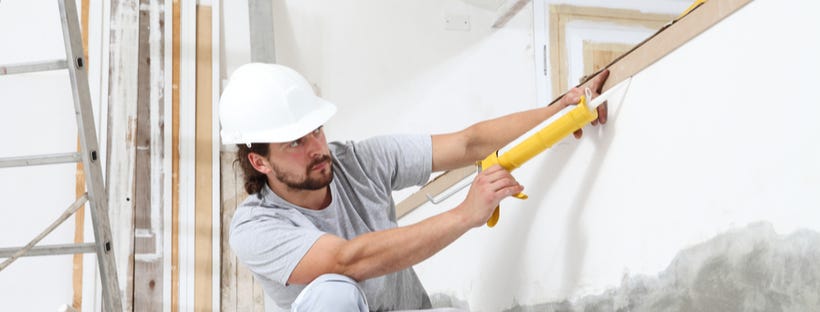
All structures shift over time, whether it be from changes in the material or movement of the pieces. In layman’s terms, as your walls move, nails may emerge through your siding, leaving them exposed to moisture. By regularly caulking these pesky protrusions, you can keep rust from developing, and spreading to your paint.
Cover Holes in Siding
Holes, cracks, and ruptures in your siding can easily be repaired with a siding caulk. Siding caulks come in a variety of colors and hues, to match your home’s exterior color scheme.
Siding caulk is traditionally made from silicone, similar to the caulk we’ve described above. Silicone is the best material for a permanent solution to holes in vinyl. However, silicone comes with two drawbacks: you can’t paint over it, and it won’t bond properly with metal or wood.
For wood siding, try wood filler, a mud-like substance designed specifically to seamlessly fix holes in wood. For all other purposes, we recommend exterior urethane or polyurethane caulk. These caulks work on metal, wood, and vinyl alike, and can be easily painted over. However, urethane and polyurethane caulks are not permanent solutions, and need to be re-caulked every 2-4 years.
Save your Porch from Scratches
Heavy decorative items like flower pots run the risk of scratching the wood of your porch. But, just a little silicone caulk can save you from the hassle of purchasing furniture pads. Just apply it to the sides and bottom of your pots. Once cured, the silicone caulk will create a sealed, smooth surface that can’t scratch a thing.
Fill up Cracks in your Driveway

Whether asphalt or concrete, moisture from rain or humidity can penetrate your driveway, causing it to expand and contract. Just like the wood of your walls, this will create cracks and tears in your driveway over time. Unlike your home, cracks in your driveway bring soil to the surface, giving weeds a place to grow. To save your driveway from becoming part of the yard, caulking is the clear answer.
When fixing up your driveway, make sure to purchase the right material for the job. Asphalt caulks are made from acrylics, and will blend effortlessly into any nook or cranny in your drive. For concrete driveways, a self-leveling concrete caulk will easily slide itself into the crack, instantly creating a perfect seal.
Ditch that Draft
Leaks around your doors, windows, and roof cause drafts: unwanted air currents that bring dusty outdoor air inside. Drafts come with a host of allergens and dirt, and reduce the efficiency of your heating system.
For floors or other surfaces that’ll stay dry, use an acrylic caulk for a solid seal. For siding and other areas of the home, use the appropriate calk to provide a weather-proof barrier to those nasty drafts.
Save Your Tiles from Mold and Mildew
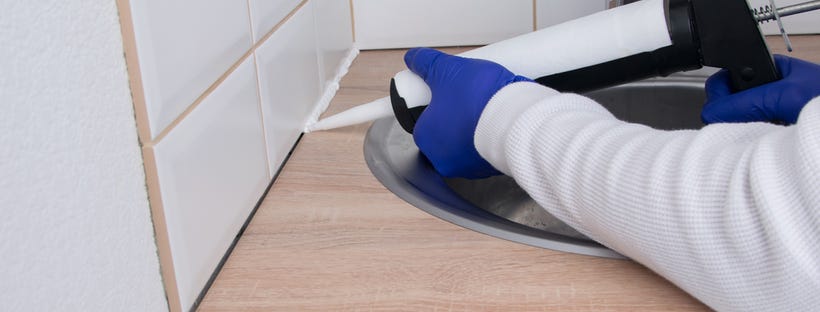
Tile surfaces are an easy, stylish way to add texture and pattern to your landscape. But, whether along your patio or decorating your pond, the wear and tear causes gaps to form between individual tiles, exposing the mortar. Exposed mortar will absorb ambient humidity, creating a ripe environment for mold and mildew to grow.
Stop these fungi in their tracks by using a silicone or siliconized acrylic caulk. Caulking will provide a waterproof and durable seal, keeping that mold off of your patio. A tiled kitchen island or dinner table can be fixed the same way along with a table cover.
Stick Loose Ends
An all-purpose caulk can keep anything in place, from a dingy light fixture to molding on your walls. All-purpose caulk can also act as an adhesive for the exterior, for attaching wood panels to window frames. Just use a dab of the proper caulk for the material, and keep whatever you’re sticking down in place.







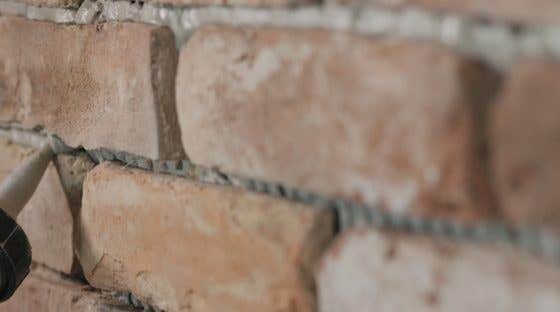
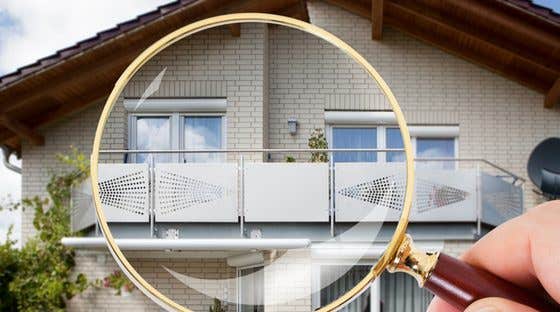

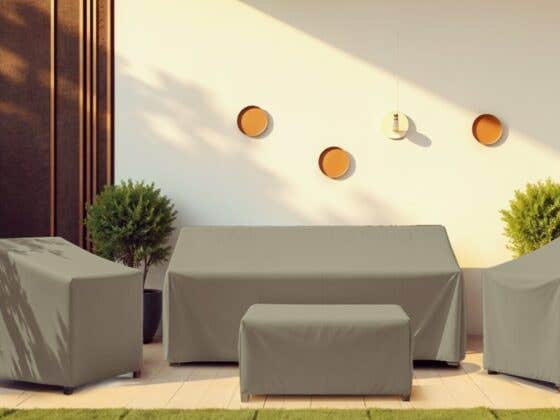

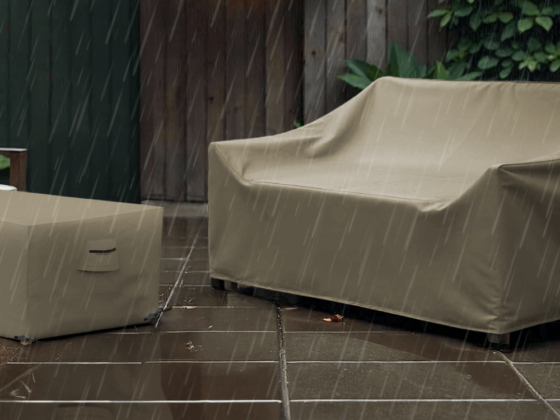
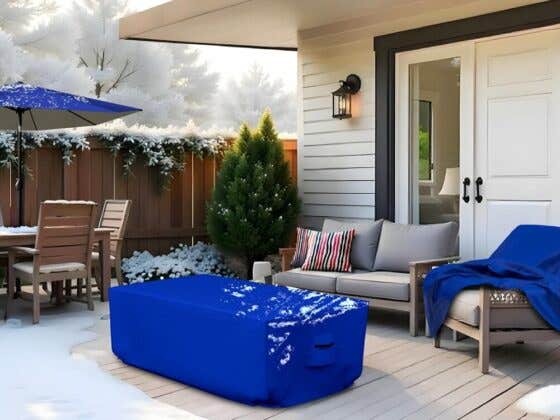


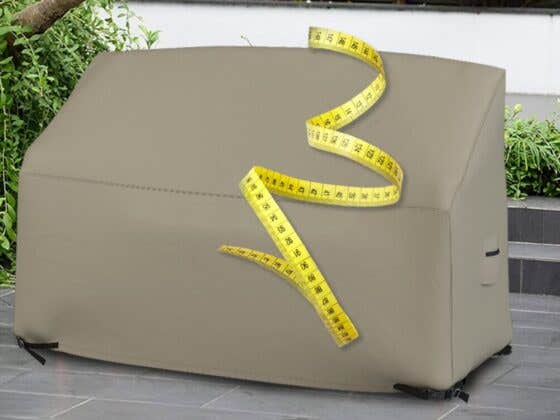
Recent Comments